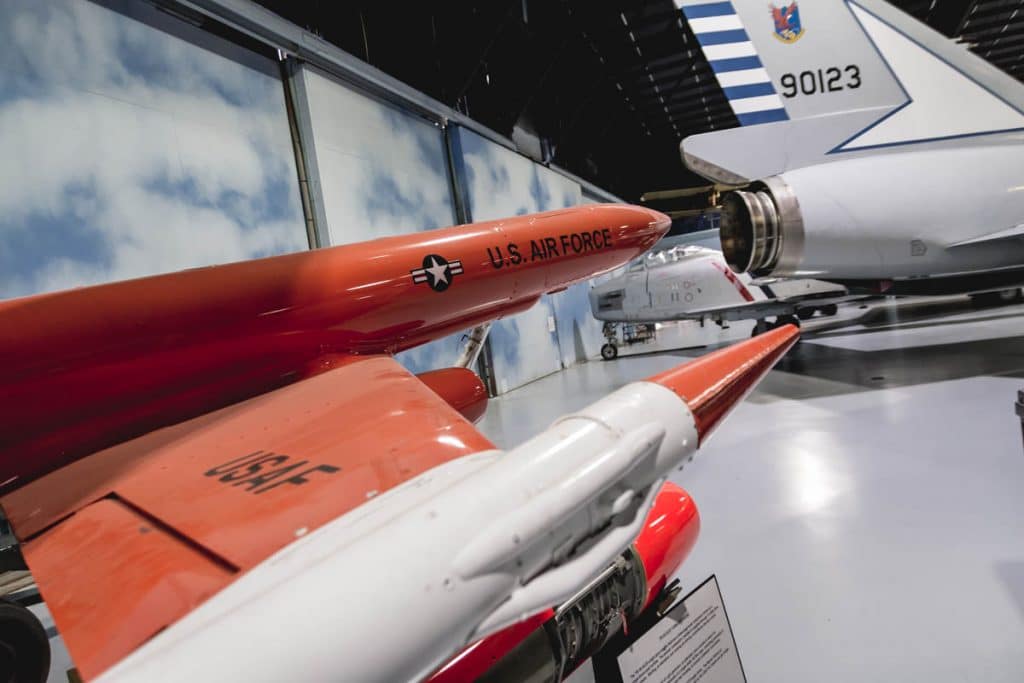The MQM-107 Streaker was developed by the Beech Aircraft Corporation to meet a US Army requirement for a variable speed target for training surface-to-air missile and anti-aircraft artillery crews. Beginning in 1984, the USAF took delivery of an enlarged model for training USAF interceptor crews, the MQM-107B. The Streaker could simulate a variety of targets, mimicking the heat and radar returns of missile and aircraft. In addition, it could drop chaff and flares to deceive interceptor crews. The Streaker was launched from a ground site, and with the aid of solid fuel boosters, would accelerate the vehicle to approximately 250 mph in about 2 seconds. A small turbojet engine then took over for the remainder of the flight. The Streaker’s route of flight could be programmed prior to launch, or changed during the flight by a ground controller using a radio link. At the end of the mission, a parachute recovery system was used for land or water recovery.
Warner Robins Air Logistics Center manages all remotely piloted vehicles (RPV) and target vehicles for the USAF. The Museum’s Streaker was delivered to the USAF in April 1990 and assigned to the 3rd Tactical Fighter Wing, Clark AB, Philippines. It was shipped to the Museum in 1991 after landing in the Pacific Ocean, rendering it no longer usable.











